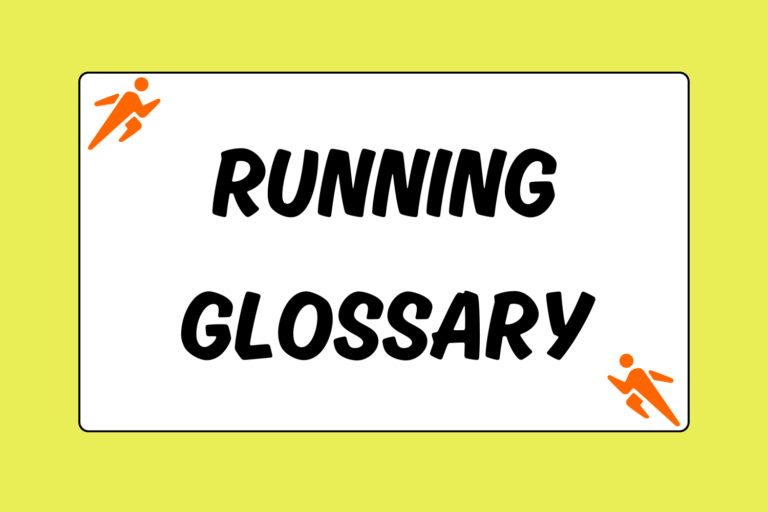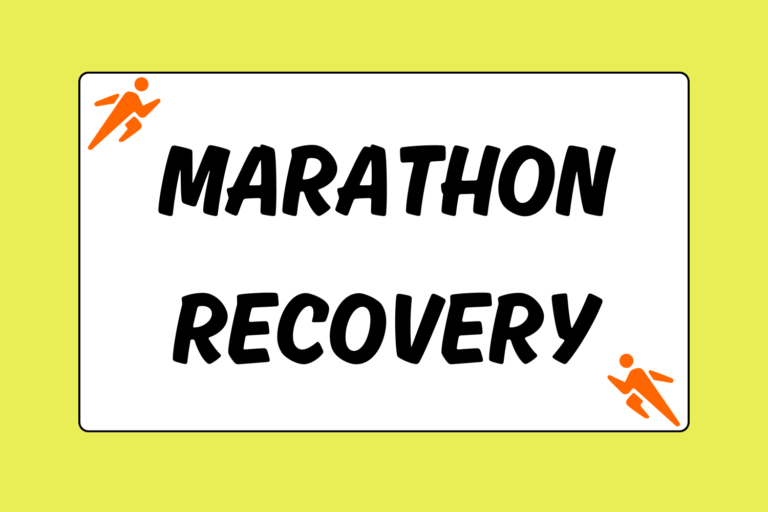Aqua jogging gets a bad rap. Most runners associate it with being injured or regard it as a form of exercise reserved only for those in their eighth decade. But if used correctly, aqua jogging can actually increase your fitness, promote recovery, and yes, provide effective cross-training during rehabilitation.
This guide explains exactly what aqua jogging is and how to do it, and then concludes with a few choice workouts to make your time in the pool more productive and worthwhile.
What is Aqua Jogging?
Aqua jogging is exactly what it sounds like: jogging in the water. (It is also called water running and aqua running by those who frown upon the idea of “jogging,” in and out of the pool). It is a zero impact form of cross-training that is used to either supplement standard training or take the place of running due to injury or fatigue.
Aqua jogging is usually done in the deep end of the pool where the athlete’s feet will not make contact with the ground, though aqua jogging can also be done in a natural body of water.
Sessions in the pool can be easy, moderate or extremely difficult and can last anywhere from 15 minutes to more than two hours, depending on the goals and abilities of the individual runner. Some athletes use specifically designed aqua-jogging belts, but most choose to use their own force—via strong leg and arm movements—to stay above water.
Aqua Jogging Technique
The goal of aqua jogging is to mimic your natural running gait as closely as possible. You don’t want to doggy paddle and end up horizontally moving across the pool. Instead, keep your core strong, back upright, and legs below your trunk, with your arms tight against your hips so that your entire body—from your shoulders to your feet—forms a vertical plane in the water.
To begin, bring the knees up as high as feels comfortable, then kick back through a full range of motion so that you feel your hamstrings engage. Keep your feet flexed and hands closed.
The key to successful aqua jogging is to find a balance between knee lift and turnover speed. If you peddle too quickly, you won’t use all the necessary running muscles and will essentially cheat your way through the water. However, if you raise your knees too high, your turnover will be compromised, ineffectively exaggerating the running motion.
The most important thing is to make sure your heart rate stays above 135 bpm throughout your session. You can wear a heart-rate monitor or go by feel, but adjust your personal aqua jogging style until you feel like you are working hard and engaging all the important muscles group.
It may take you a few tries to get the hang of it. But be patient and, most importantly, don’t let yourself relax too much—it is too easy to plod through the water without getting a good workout. Be aware of your form and always check to make sure you are focused on the task at hand.
Don’t Go the Distance
Many athletes sprint up and down the lane lines, but still wonder why they don’t get out of breath working out in the pool. But when you are aqua-jogging, the goal is not to cover as much ground as quickly as possible—which can be counter-intuitive, since that is entirely the point of regular running.
Instead, focus on your cadence, form and heart rate. You may even find that you move less quickly when you are aqua-jogging effectively.
Workout Examples
Here are a few sample workouts to get you started:
30 Minute Session
- Warm up at easy aqua jogging pace (EAP) for seven minutes.
- Sprint for 30 seconds, then rest at EAP for 30 seconds.
- Repeat nine times for a total of ten (30/30 x 10).
- Rest at EAP for two minutes.
- Sprint for 60 seconds, then rest at EAP for 30 seconds.
- Repeat four times for a total of five (60/30 x 5).
- Cool down (EAP) for five minutes.
45 Minute Session
- Warm up for 10 minutes.
- Sprint for 60 seconds, then rest at EAP for 60 seconds.
- Repeat four times for a total of five (60/60 x 5).
- Rest at EAP for two minutes.
- Increase your pace for five minutes, mimicking a tempo-speed on land.
- Rest at EAP for two minutes.
- Sprint for 45 seconds, then rest at EAP for 15 seconds.
- Repeat nine times for a total of 10 (45/15 x 10).
- Cool down (EAP) for six minutes.
60 Minute Session
- Warm up for 10 minutes.
- Increase your pace (tempo) for 10 minutes.
- Rest at EAP for two minutes.
- Sprint for 50 seconds, then rest at EAP for 10 seconds.
- Repeat nine times for a total of 10 (50/10 x 10).
- Rest for three minutes at EAP.
- Increase your pace (tempo) for five minutes.
- Rest at EAP for two minutes.
- Sprint for 30 seconds, rest for 10 seconds, sprint for 10 seconds and rest for 10 more seconds.
- Repeat the entire series nice times for a total of 10 (30/10/10/10 x 10).
- Cool down for eight minutes.
Water Baby
Once you have learned the basics, test out different workouts to see what interval length works best for you: Some people have a hard time staying focused in the water and thrive on short, fast pieces with short rest; others can hone in on a difficult pace and prefer to up the tempo for longer, sustained periods of time.
Find your sweet spot to ensure an effective workout. Happy (water) running!





